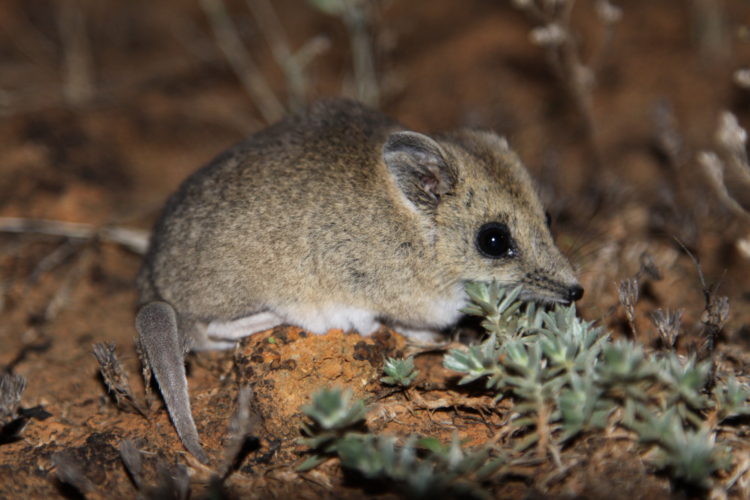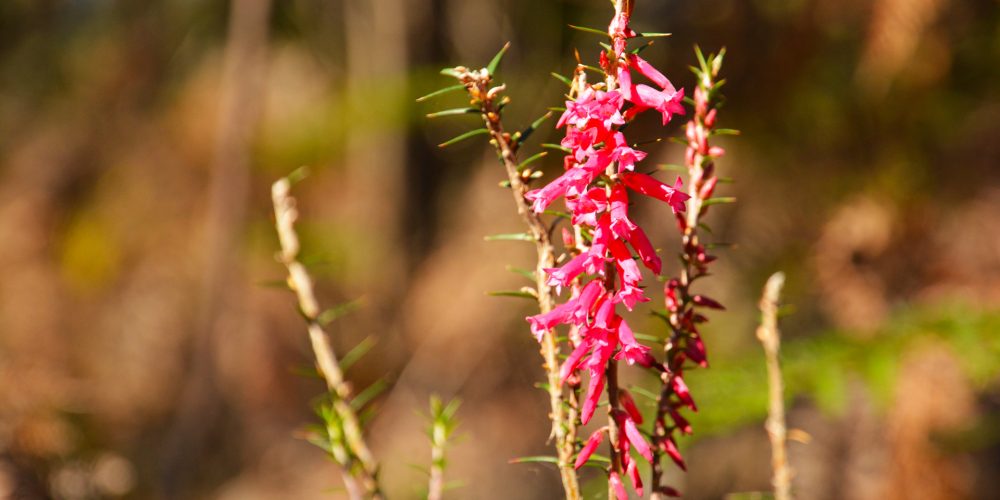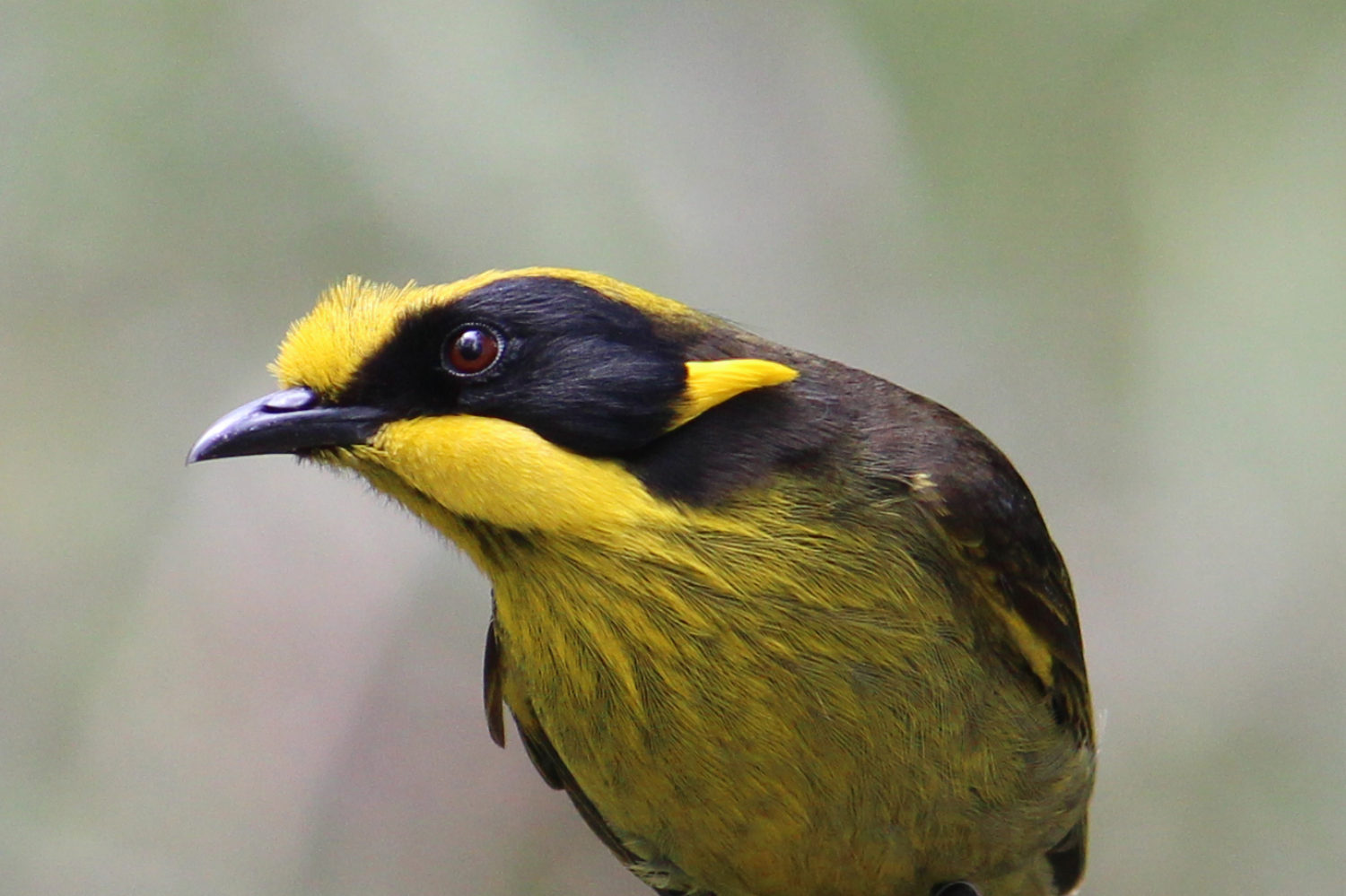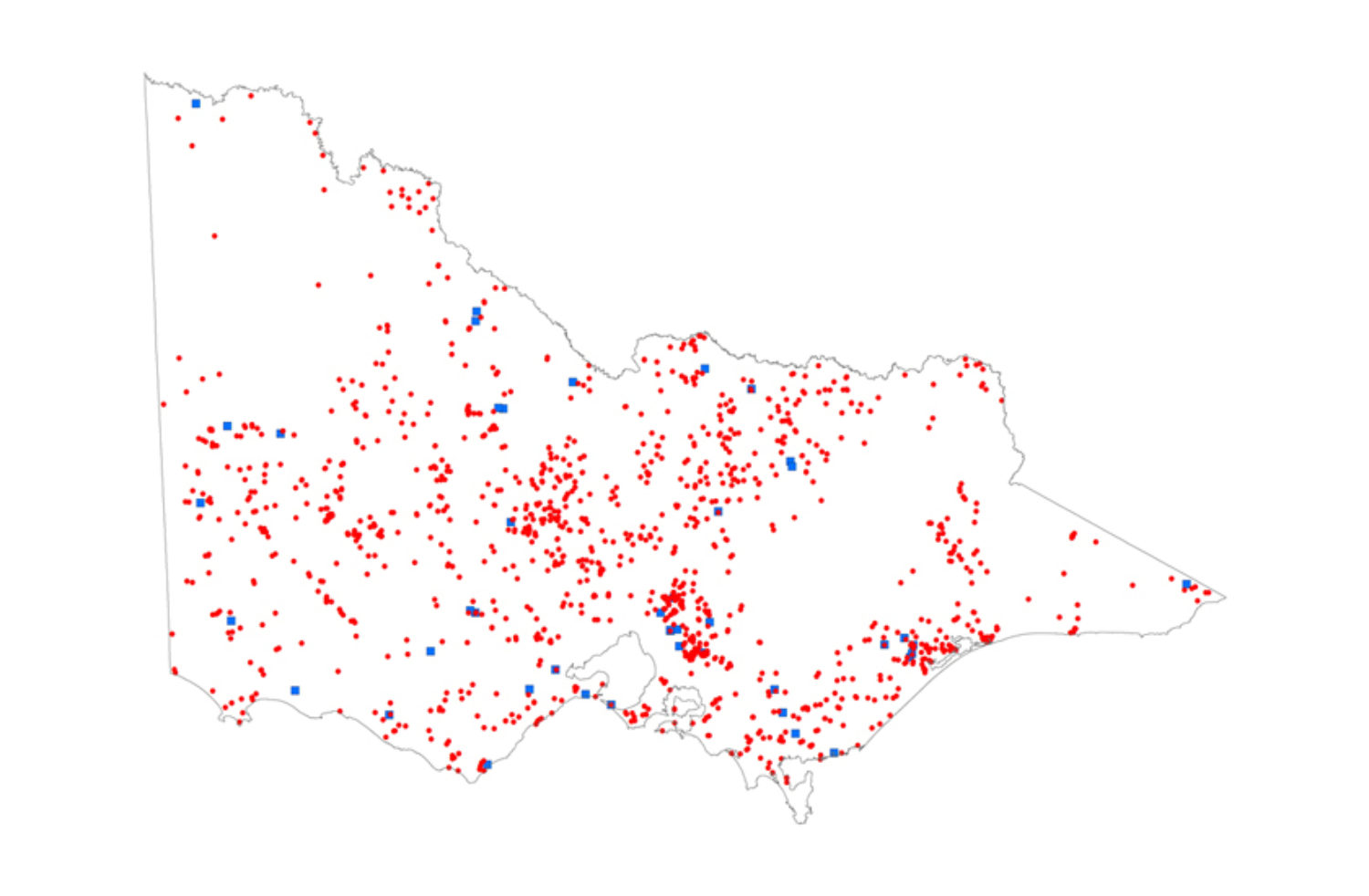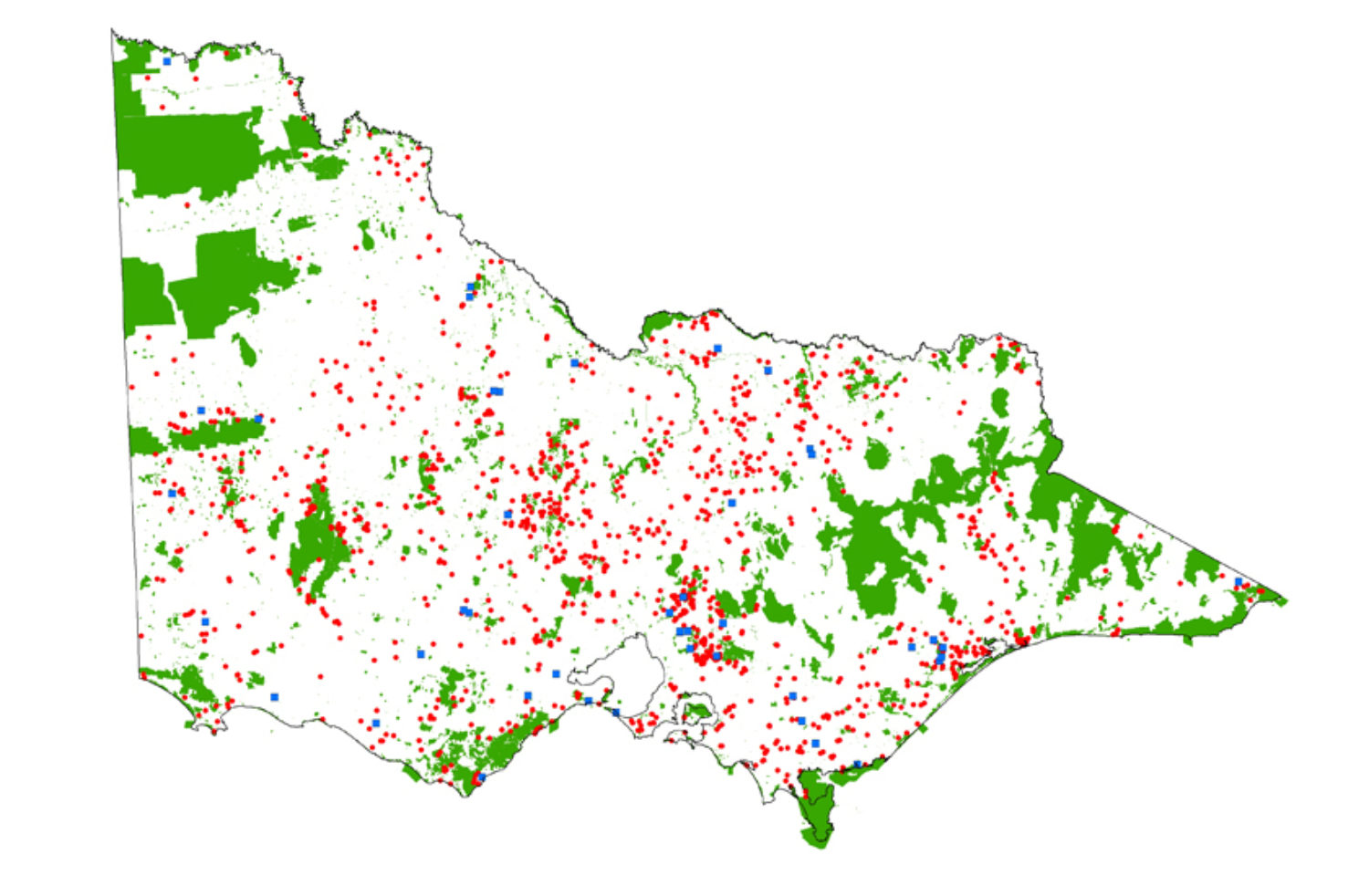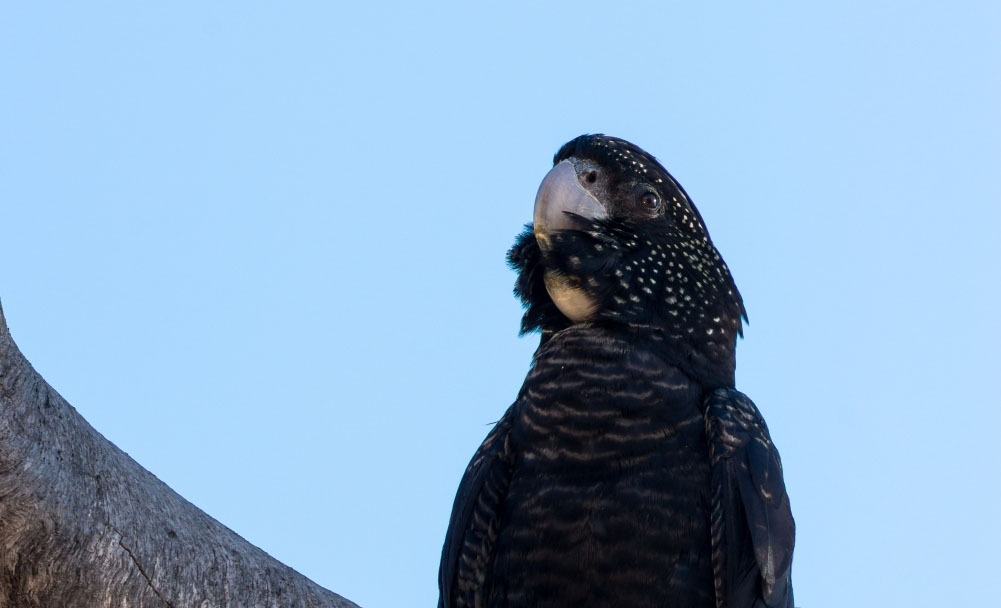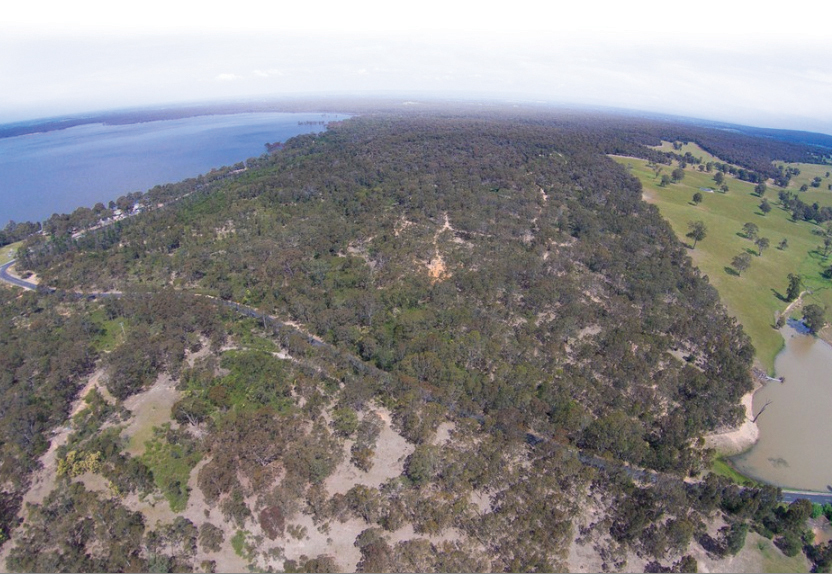
In 2015, Member States of the UN adopted the Sustainable Development Goals (SDGs), which underpin the 2030 Agenda for Sustainable Development. This agenda defines global sustainability aspirations for 2030. There are 17 SDGs which describe specific outcomes across the three dimensions of sustainable development: economic prosperity, social inclusion and environmental conservation. Some of these targets are linked to the Aichi Biodiversity Targets.
Trust for Nature is proud to be supporting a number of the SDGs, in particular SDG 15 (Life on Land) and SDG 13 (Climate Action).
There are 12 targets embedded within SDG 15, and Trust for Nature makes positive contributions in relation to many of these. Some notable examples are:
15.1: By 2020, ensure conservation, restorations and sustainable use of terrestrial and inland freshwater ecosystems and their services, in particular forests, wetlands, mountains and drylands
Trust for Nature protects around 100,000 hectares (250,000 acres) of remnant native vegetation in Victoria. As the forests of Australia and the world continue to shrink, we ensure that these parcels of land are protected forever, providing refuge to endangered plants and animals. By protecting areas identified as ‘refuges’ including wetlands, waterways, old-growth forests, rainforests and high-quality habitat patches, we contribute to protecting freshwater ecosystems. These actions also support target 6.6, sustainable management of water.
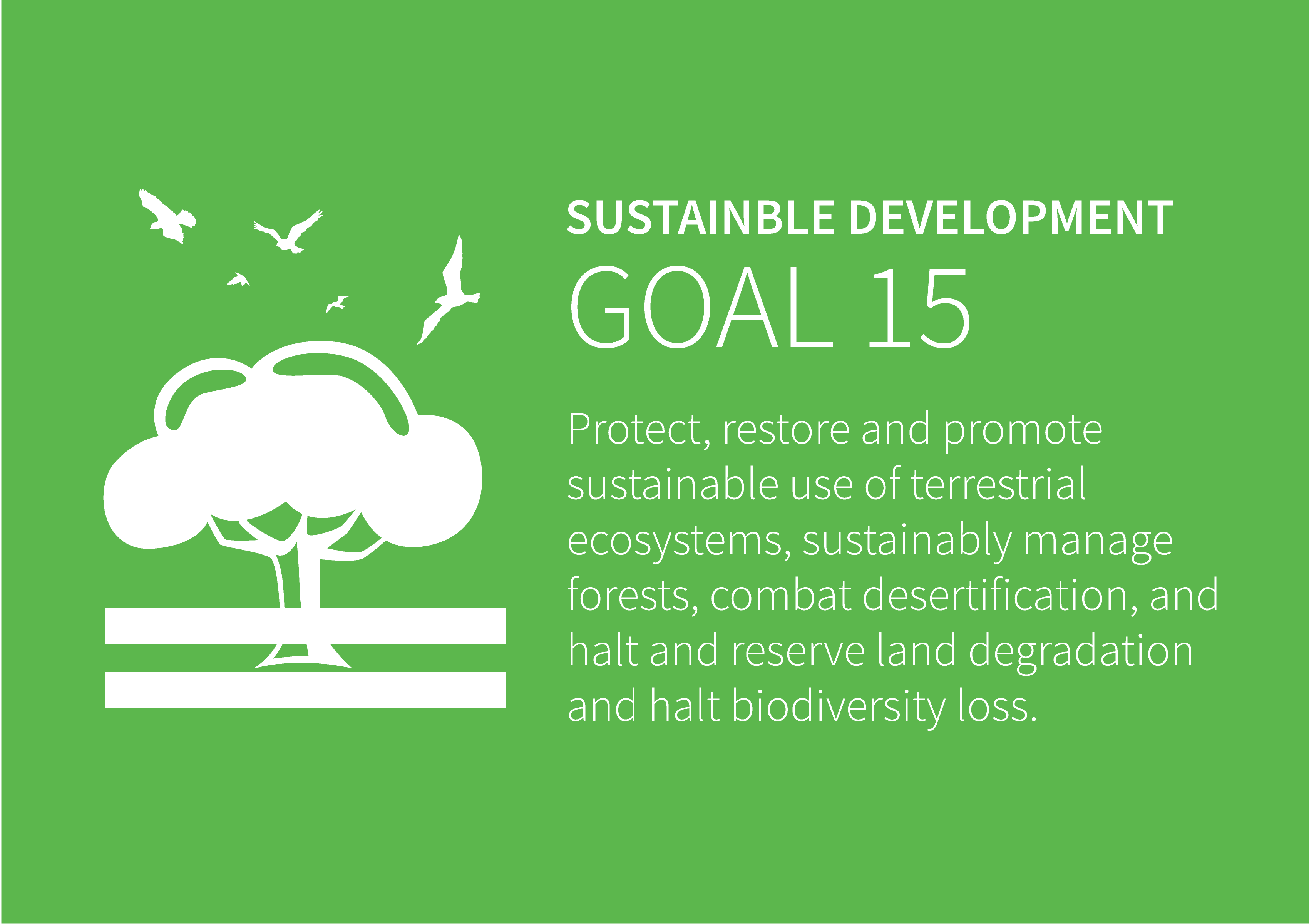
15a: Mobilise and significantly increase from all sources financial resources to conserve and sustainably use biodiversity and ecosystems
Trust for Nature is at the forefront of a national conversation around how to generate innovative finance for the environment. Together with its umbrella organisation the Australian Land Conservation Alliance (ALCA), Trust for Nature prepared a Conservation Finance Scoping Paper, which was a global audit of 26 different approaches used to finance private land conservation, and their application to the Australian context. The Scoping Paper also contained an overview of the enabling factors necessary to advance conservation finance in Australia, and ten recommendations on how to do that. The Paper has been referred to as ‘world class’. Putting these concepts into practice, Trust for Nature is working with landholders, banks, academics and entrepreneurs to explore innovative sources of finance to protect natural capital on farming land. This project also supports target 12.2, sustainable consumption and production.
More about SDG 15
13.1 Strengthen resilience and adaptive capacity to climate related hazards and natural disasters
Trust for Nature stewards more than 12 million tonnes of Co2-e in its reserves and covenanted properties. This is equivalent to removing more than 2.5 million cars from our roads for a year. Each year we focus on continuing habitat protection and expansion of the National Reserve system, particularly in areas identified as important for improving habitat connectivity or securing existing carbon stocks.
More about SDG 13
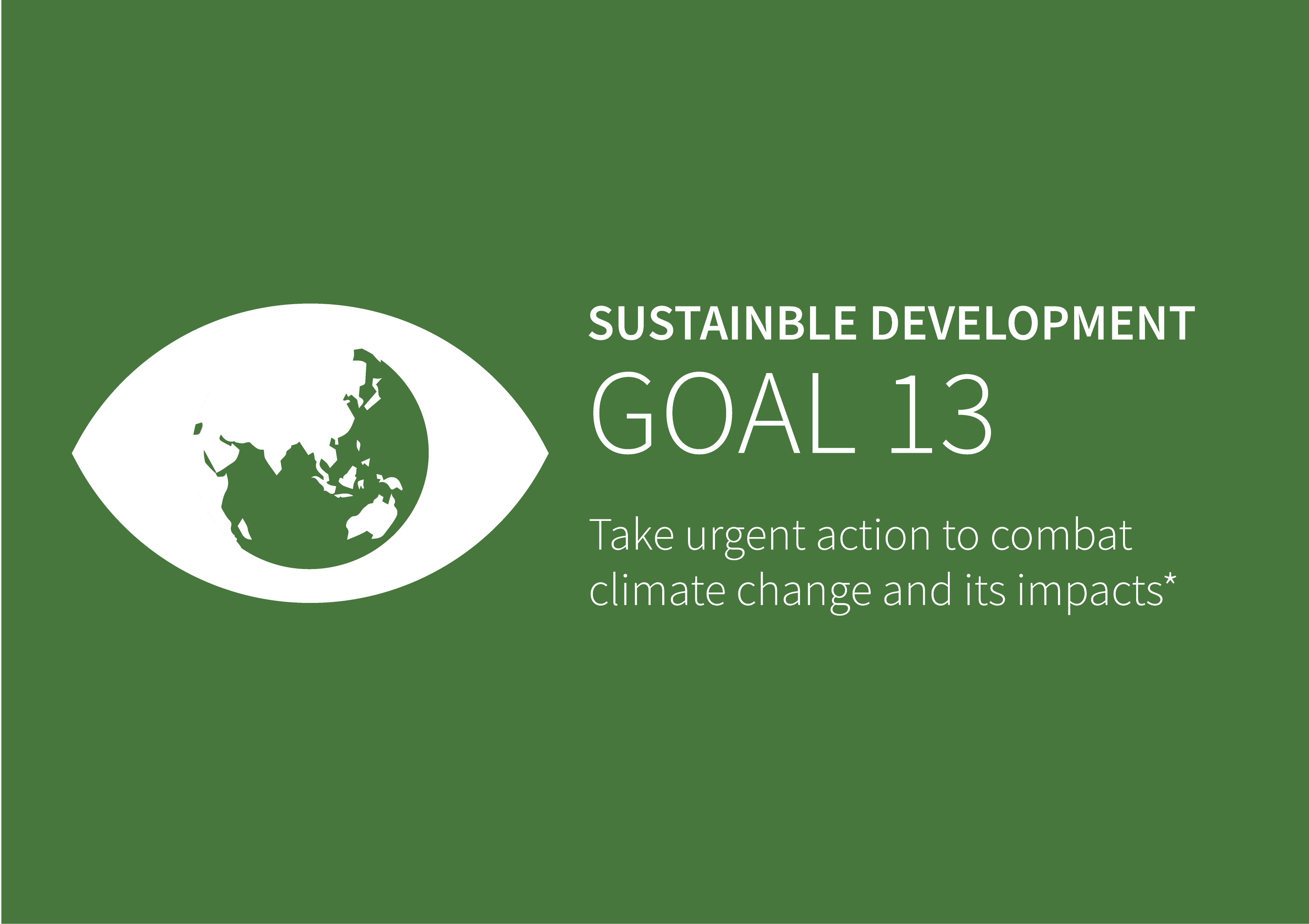
Conserve and sustainably use the oceans, seas and marine resources for sustainable development
14.5 By 2020, conserve at least 10 per cent of coastal and marine areas, consistent with national and international law and based on the best available scientific information
Trust for Nature’s Statewide Conservation Plan commits to improving the protection of significant aquatic and coastal ecosystems, many of which are under substantial stress. These ecosystems are important not just because they support a distinct suite of aquatic and riparian plants and animals but because they play a much broader role in maintaining and supporting ecological processes at a landscape and catchment scale. Trust for Nature has been actively targeting coastal and marine areas that will be subject to inundation as a result of climate change. This has involved permanently protecting sites that are directly adjacent coastal and marine areas or protecting areas that contain wetland systems or creeks that drain directly into these sites.
More about SDG 14


